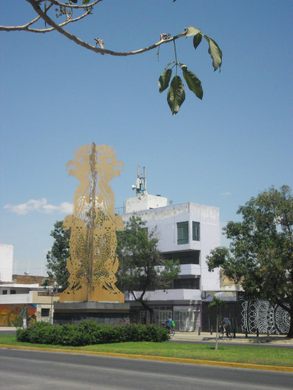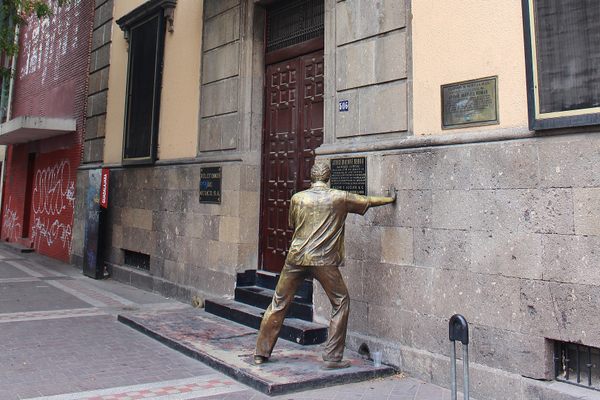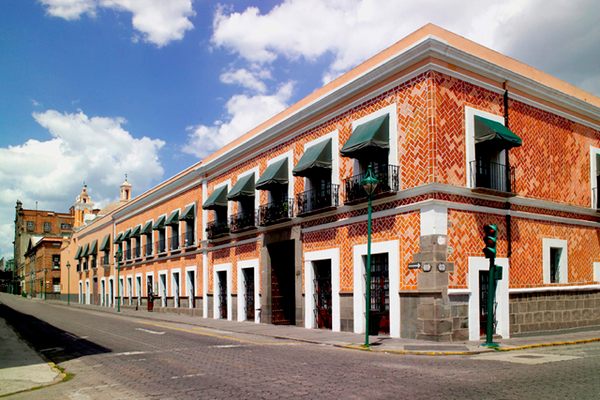AO Edited
'Sincretismo'
A beautiful and controversial modern sculpture that alludes to the Aztec past identity of the Virgin of Guadalupe and the phenomenon of syncretism.
On one of the main avenues of the city of Guadalajara stands a dazzling sculpture that is immediately recognizable as the Virgin of Guadalupe. But take a closer look and you may be surprised to see a garland of human skulls and fork-tongued and razor-fanged snakes adorning this strange monument.
The sculpture Sincretismo was created by the artist Ismael Vargas, who was commissioned by the city to produce a monumental piece of public art reflecting the traditions of Mexico. As its name suggests, the sculpture pays homage to both the colorful and rich syncretism of Mexican culture and history.
The brass sculpture of the Virgin was specifically designed to resemble papel picado (“perforated paper”), the elaborate paper art created in Mexico for national festivities and used during Dia de los Muertos as decoration for shrines and independence day to decorate streets.
The Virgin of Guadalupe is said to have first appeared in a vision as a young mestizo (mixed Indigenous and Spanish) to an Indigenous man named Juan Diego on the hill of Tepeyac in 1531, approximately a decade after the Spanish conquest of Mexico. Many historians, archeologists, and anthropologists believe that the origin of the Virgin of Guadalupe may actually be rooted deep in Mexico’s Prehispanic past. This theory carries some weight, considering that both the chronicles of the Aztecs and those of the Spanish friars mention that the hill of Tepeyac once was the site of a popular shrine to the goddess Tonantzin.
Tonantzin (which translates from Nahuatl as “our sacred mother”) was an honorific title and deity associated with the Aztec mother goddess Coatlicue. The goddess was sometimes envisioned and portrayed in Aztec art with the form of a serene young woman. However, in other artifacts, Tonantzin has a more ferocious rattlesnake appearance that reveals this deity to be an incarnation of the goddess Coatlicue. The theory goes that the Virgin of Guadalupe is a syncretic manifestation that combined elements of both the Spanish colonizers and the Indigenous peoples. As such, it might be said that the veneration of the Virgin in Mexico has allowed the cultural survival of Pre-Hispanic beliefs to the present day.
Sincretismo incorporates several symbols that allude to the probable true identity of the Virgin of Guadalupe as Tonantzin with conspicious Aztec imagery such as rattlesnakes and skulls colliding in a dazzling fusion with the likeness and emblems of the Virgin.
The sculpture has become a controversial subject amongst the more devoutly Catholic conservative circles in the city, who consider the allusions to Pre-hispanic syncretism with Catholicism to be a “pagan insult” to the image of the Virgin of Guadalupe. There have been numerous protests in recent years and even anonymous threats made to vandalize, tear down, or blow the sculpture up.
Know Before You Go
The sculpture can be seen for free on Avenida Federalismo at the intersection of the Calle Hospital street.






















Follow us on Twitter to get the latest on the world's hidden wonders.
Like us on Facebook to get the latest on the world's hidden wonders.
Follow us on Twitter Like us on Facebook